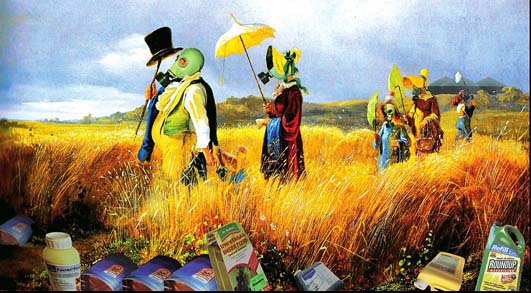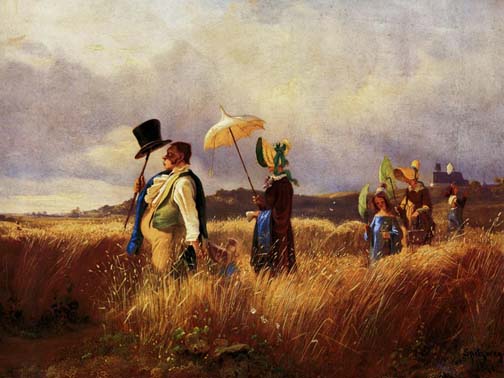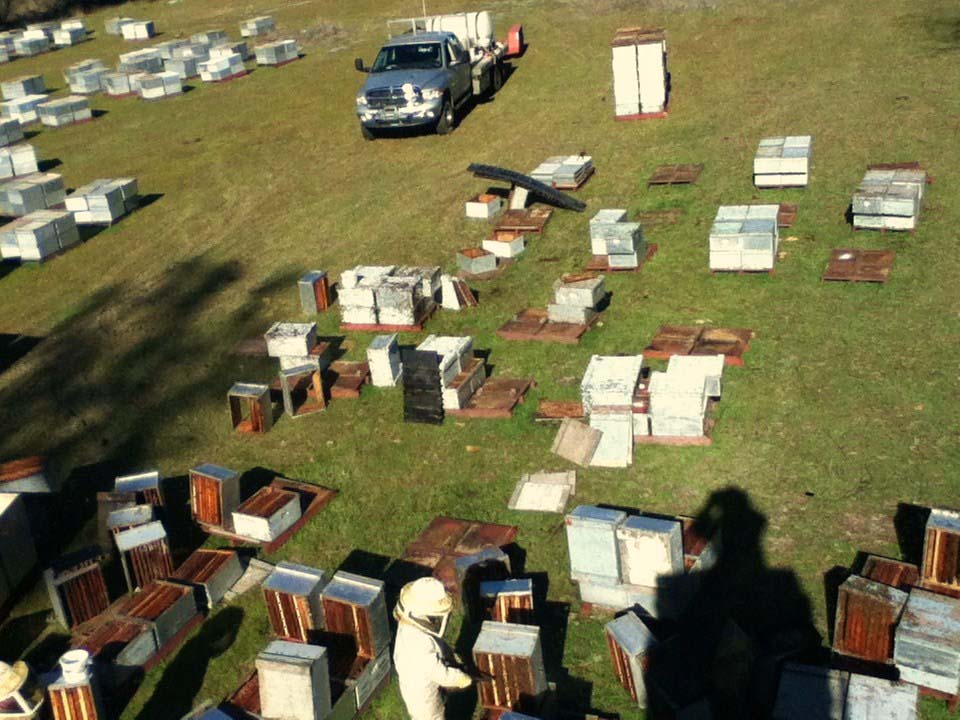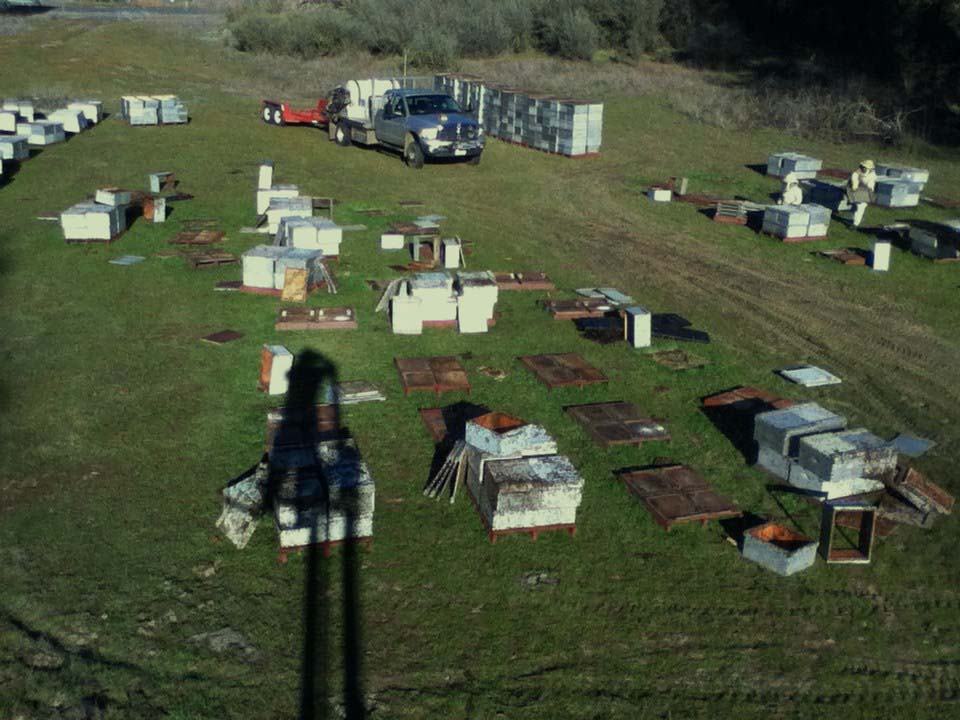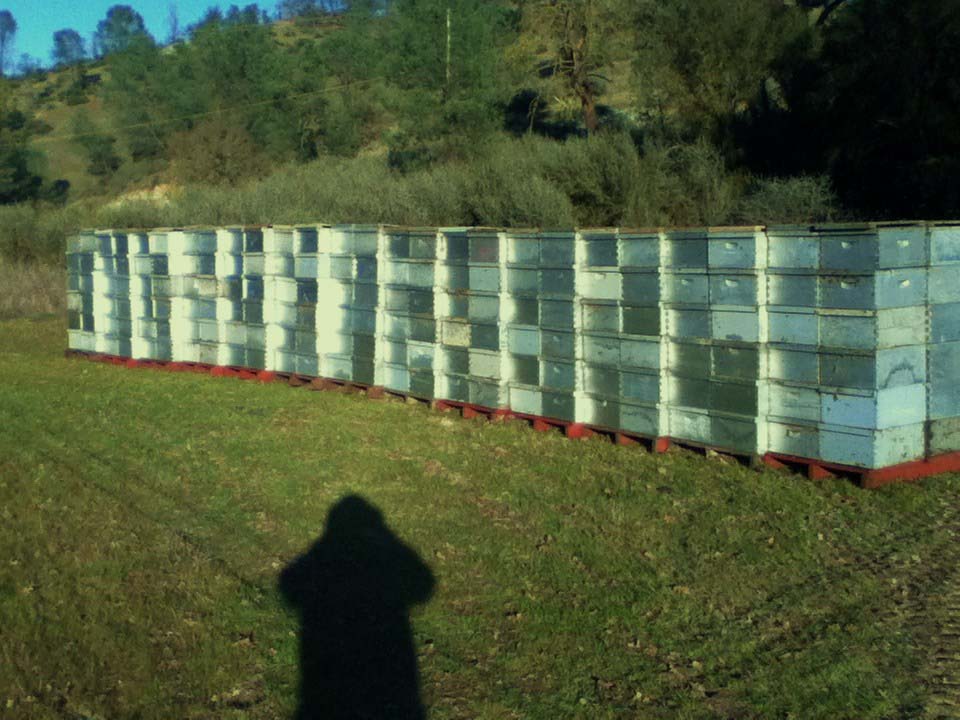Finally the bird people weigh in on pesticides and bird decline, even the editorial page of the New York Times which published Toxic Threats to Grassland Birds on Monday. Their conclusion “that, in fact, pesticides were four times more likely to be linked with bird losses than any other cause.” is in line with what beekeepers have been saying for a long time. Although this is a significant step forward in the recognition of the depth of the problem, there still is a failure to fully grasp the enormity of the environmental damage being caused that can be traced to the neonicotinoids.
Tom Theobald’s Corner
Founding member Tom Theobald speaks out about the EPA and clothianidin
> Read more at Tom’s Corner- There are no upcoming events.
News Archives

